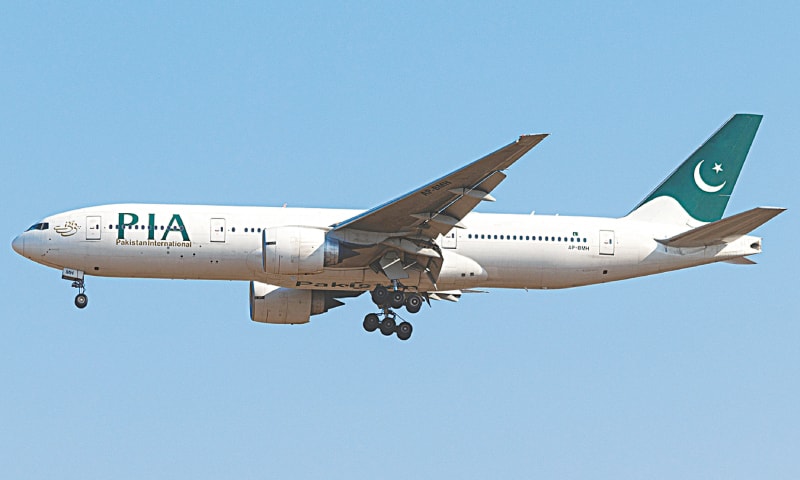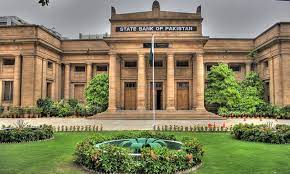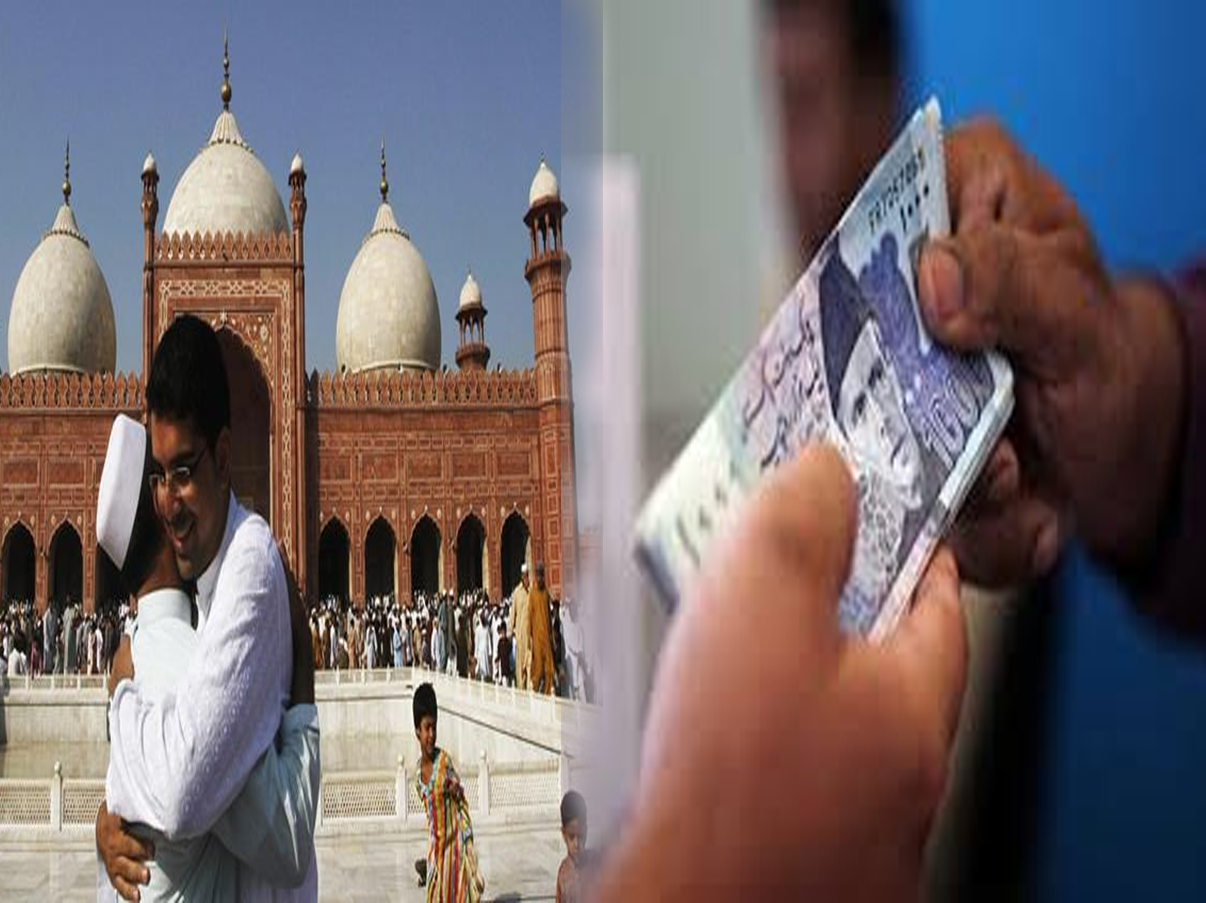Punjab Chief Minister Maryam Nawaz has expressed willingness to finance Rs350 billion for the upgradation and dualisation of railway tracks in the province. The announcement was made by Federal Railways Minister Hanif Abbasi during a briefing to the National Assembly Standing Committee on Railways held on Friday.
Minister Abbasi revealed that the funding commitment came during a recent high-level meeting with CM Maryam Nawaz in Lahore. According to him, the Punjab government’s financial support aligns with the broader vision of modernising Pakistan Railways (PR) and boosting regional connectivity. The move is seen as a significant boost for railway reforms and infrastructure development across Pakistan, particularly under the strategic framework of the China-Pakistan Economic Corridor (CPEC).
At the heart of the modernization plan is the Main Line-1 (ML-1) railway project, a flagship initiative under CPEC. With a projected cost of $6.8 billion, ML-1 aims to overhaul the entire railway corridor stretching from Karachi to Peshawar, upgrading track quality, increasing speeds, and reducing travel time. The corridor is vital for both freight and passenger transport, and plays a key role in Pakistan’s regional connectivity ambitions, especially with Central Asian nations.
While international funding from China remains a core expectation for the ML-1 initiative, Minister Abbasi mentioned that if foreign financing is delayed, the federal government is prepared to use domestic resources to kickstart the project. He said discussions with Chinese authorities and investors are ongoing.
In a positive financial milestone, Abbasi announced that Pakistan Railways earned a record Rs93 billion in the fiscal year 2024-25, marking the highest revenue in its 78-year history. Breaking down the earnings:
• Rs47.5 billion was generated from passenger services
• Rs31.5 billion came from freight operations
By comparison, the organization had earned Rs88 billion in the previous fiscal year, indicating continued growth in revenue streams, despite longstanding operational and structural challenges.
In a related development, Pakistan Railways is now moving towards outsourcing its freight services to private sector firms, including multinational companies. Abbasi explained that several global firms have already shown strong interest in managing PR’s freight operations. This decision is part of a broader strategy to enhance efficiency, improve service quality, and expand the freight market share, which currently stands at a modest 5-8% of the country’s total freight movement.
Members of the parliamentary committee underscored the urgent need to improve freight capacity and logistics, especially in the face of growing domestic trade demands.
While speaking at a separate session of the Senate Standing Committee on Railways, Chairman PR Syed Mazhar Ali Shah confirmed that the ministry had formally submitted a proposal for Rs75 billion in funding under the 2025-26 federal budget to commence the ML-1 project during the current fiscal year.
He noted that all technical and financial preparations have been completed, and the ministry is awaiting budgetary allocation and government approval to begin construction.
To increase non-fare revenue and improve property utilization, the Railways Ministry has also decided to outsource all rest houses to reputable firms. These properties, located in prime locations, have long been underutilized and represent potential sources of sustainable income.
Regarding the Royal Palm Golf and Country Club in Lahore, the Railways Board Secretary informed the committee that 12 companies have submitted bids, which are scheduled to be opened on July 22. The leasing process is currently being supervised by the Supreme Court of Pakistan, ensuring transparency and legal oversight in the process.
The Punjab government’s commitment to finance railway upgrades is seen as a critical turning point in the revival and modernization of Pakistan Railways. Not only does it show provincial ownership of national infrastructure projects, but it also strengthens the broader goals of CPEC, which remains vital to Pakistan’s economic integration with regional markets.
Additionally, the record-breaking earnings and the decision to open freight operations to private investment represent significant steps toward making PR financially sustainable. These developments, if followed by consistent policy execution, could help reverse decades of institutional decline and make rail transport a viable and efficient option for logistics and commuting across the country.




